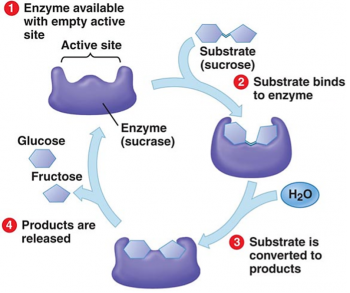Serendip is an independent site partnering with faculty at multiple colleges and universities around the world. Happy exploring!
science

Brain, Education, and Inquiry - Fall, 2010: Session 11B
Session 13B
Facilitated by Evren
Athletics, Music, and Education
What role does repetition/practice play in the development of athletic, musical, dance skill/ability?

Brain, Education, and Inquiry - Fall, 2010: Session 13
Session 11A
Facilitated by D2B, LCubed
Teaching Matters

Brain, Education, and Inquiry - Fall, 2010: Session 11A
Session 11A
Facilitated simonec, kwarlizzzie, eledford
The importance of creativity in the classroom


 Download Student Handout:
Download Student Handout: 

